We kindly suggest you read the whole description, since we try to give you detailed technical and historical information to ensure the authenticity of our objects.
Large and flamboyant ceramic table center; The shape, rich in soft curves and rounded ends, fascinates us for its unparalleled and elegant plasticity and lightness, while the bright colors make it very adopted; The table center has been designed with extraordinary and intelligence, building cable internally to give it more volume and then proceed to its beautiful colored finish. Still raw, but cooked a first time, painted it with an opaque black paint with the dive technique, then it was baked at about 1000 ° to stop the color, once cooled, a craft painter applied brushstrokes Of lively enamel dyes, so everything has been rotted to fix the entire glazing. It was built between 1950 and 1955 by the famous Longwy ceramic factory in France as can be certified by the brand on the bottom. Longwy, a story that begins in the 1798 in Lorraine when Nothomb and Boch, surname that will reappear in many other manufactures, open a ceramic factory in a former convent to which they give the name of the city in which it is based, a French municipality in the Meurthe department And Moselle in the region of the Grand Est. His production earned fame after the visit of Emperor Napoleon I, who ordered Longwy crockery for the imperial houses of the Legion of Honor. In 1835, the Huart family became the owner of the ceramics and made it thrive throughout the nineteenth century. Around 1870, in full oriental age and to counter the growing imports from Japan and China, the director of Mikado factories, the Italian Amédée de Carenza, was brought to Longwy and brought with him his exclusive ideas: taking as a model The enamels present in China and Japan, De Carenza imagined their equivalent in ceramics: the first Longwy enamels were born and their fame would have grown and for more than a century Longwy had the exclusive rights for terracotta enamels. The Longwy successfully participated in the exhibition of the decorative arts of 1925, in that of 1931, their particular vessel won the gold medal. The factory of Maiolics began his third century of existence in 1998. Our table is in excellent condition. Measurements diameter cm.43, height cm.10. For all our expeditions we use special packaging materials (wooden cases, polystyrene, etc.) for maximum protection and safety of objects.
Vi suggeriamo cortesemente di leggere tutta la descrizione, poiché con essa cerchiamo di darvi informazioni tecniche e storiche dettagliate per garantirvi l’autenticità dei nostri oggetti.
Grande e sgargiante centro tavola in ceramica; la forma, ricca di morbide curve ed estremità arrotondate, ci affascina per la sua impareggiabile ed elegante plasticità e leggerezza, mentre i vivaci colori lo rendono molto vistoso; il centro tavola è stato progettato con cura straordinaria ed intelligenza costruendolo cavo internamente per dargli più volume per poi procedere alla sua stupenda rifinitura colorata. Ancora grezzo, ma cotto una prima volta,lo hanno dipinto con una vernice nera opaca con la tecnica di immersione,poi è stato messo in forno a circa 1000° per fermare il colore, una volta raffreddato, un pittore artigiano ha applicato a mano pennellate di vivaci tinte a smalto, quindi il tutto è stato ricotto per fissare l’intera smaltatura. E’ stato realizzato tra il 1950 ed il 1955 dalla famosa fabbrica di ceramiche Longwy in Francia come si può certificare dal marchio presente sul fondo. Longwy, una storia che inizia nel 1798 in Lorena quando Nothomb e Boch, cognome che riapparirà in molte altre manifatture, aprono una fabbrica di ceramiche in un ex convento a cui danno il nome della città in cui ha sede, comune francese nel Dipartimento della Meurthe e Mosella nella regione del Grand Est. La sua produzione guadagnò fama dopo la visita dell'imperatore Napoleone I, che ordinò stoviglie da Longwy per le case imperiali della Legione d'Onore. Nel 1835, la famiglia d'Huart divenne proprietaria della ceramica e la fece prosperare per tutto il XIX secolo. Intorno al 1870, in piena epoca orientalista e per contrastare le crescenti importazioni dal Giappone e dalla Cina, il direttore delle fabbriche di Mikado, l'italiano Amédée de Carenza, fu portato a Longwy e portò con sé le sue idee esclusive: prendendo come modello gli smalti presenti in Cina e Giappone, de Carenza immaginò il loro equivalente in ceramica: nacquero i primi smalti Longwy e la loro fama sarebbe cresciuta e per più di un secolo Longwy ha avuto i diritti esclusivi per smalti su terracotta. La Longwy partecipò con successo alla Mostra delle Arti Decorative del 1925, in quella del 1931, un loro vaso particolare vinse la medaglia d’oro. La fabbrica di maioliche ha iniziato il suo terzo secolo di esistenza nel 1998. Il nostro centro tavola è in ottime condizioni. Misure diametro cm.43, altezza cm.10. Per tutte le nostre spedizioni usiamo materiali d’imballaggio speciali (casse in legno, polistirolo, ecc) per la massima protezione e sicurezza degli oggetti.
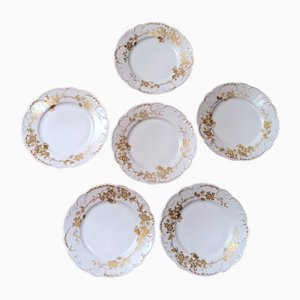
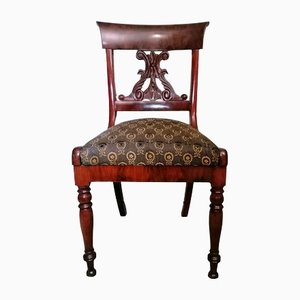
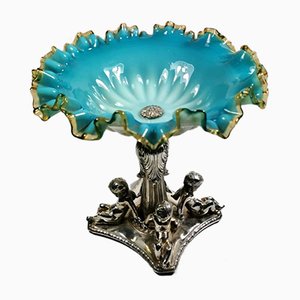
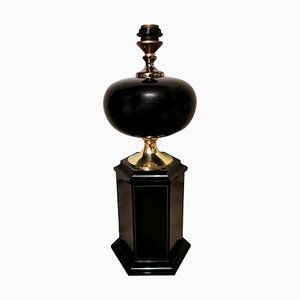


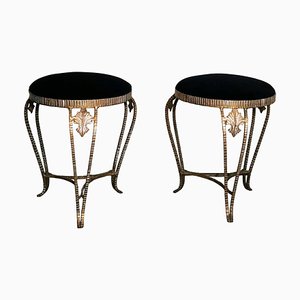

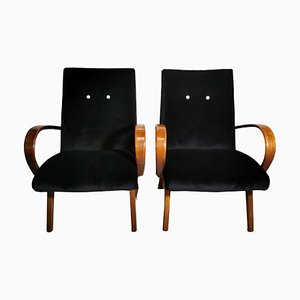
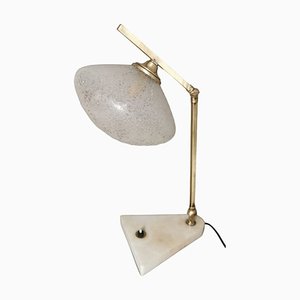
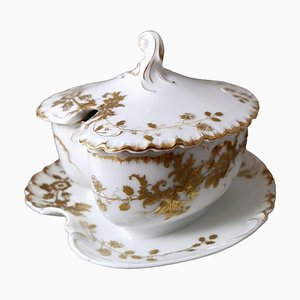
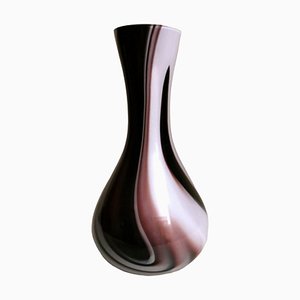

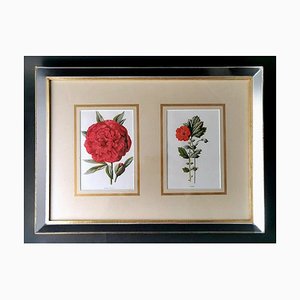

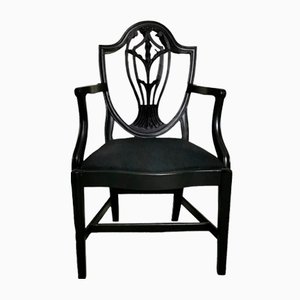
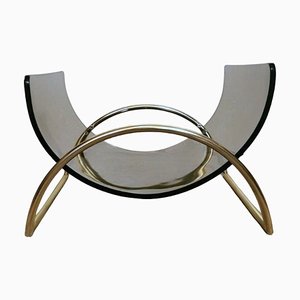
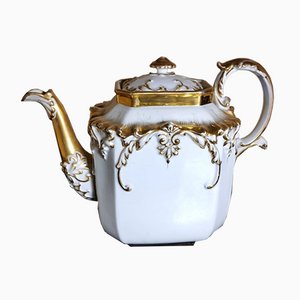
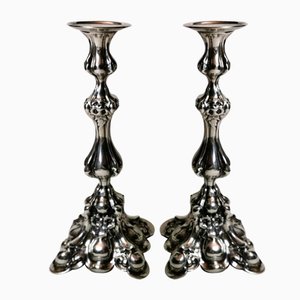
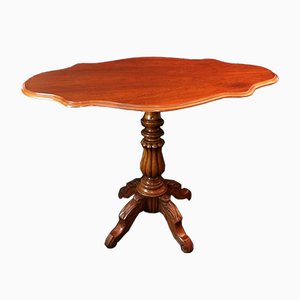
Contattaci
Fai un'offerta
Abbiamo notato che sei nuovo su Pamono!
Accetta i Termini e condizioni e l'Informativa sulla privacy
Contattaci
Fai un'offerta
Ci siamo quasi!
Per seguire la conversazione sulla piattaforma, si prega di completare la registrazione. Per procedere con la tua offerta sulla piattaforma, ti preghiamo di completare la registrazione.Successo
Grazie per la vostra richiesta, qualcuno del nostro team vi contatterà a breve.
Se sei un professionista del design, fai domanda qui per i vantaggi del Programma Commerciale di Pamono